Book Reviews
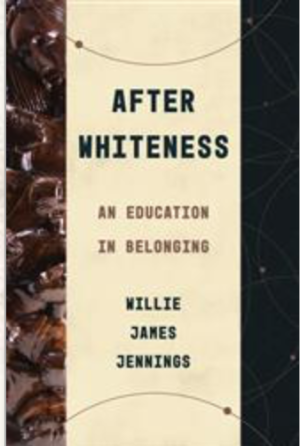
In this inaugural volume of the Theological Education between the Times series, Willie James Jennings shares the insights gained from his extensive experience in theological education, most notably as the dean of a major university’s divinity school—where he remains one of the only African Americans to have ever served in that role. He reflects on the distortions hidden in plain sight within the world of education but holds onto abundant hope for what theological education can be and how it can position itself at the front of a massive cultural shift away from white, Western cultural hegemony. This must happen through the formation of what Jennings calls erotic souls within ourselves—erotic in the sense that denotes the power and energy of authentic connection with God and our fellow human beings.
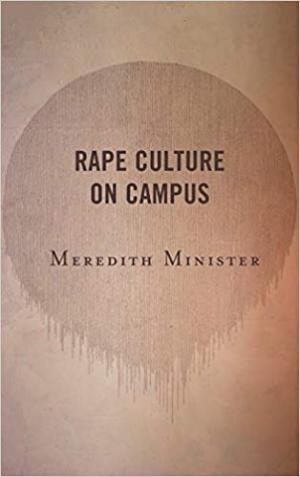
Rape Culture on Campus explores how existing responses to sexual violence on college and university campuses fail to address religious and cultural dynamics that make rape appear normal, dynamics imbedded in social expectations around race, class, gender, sexuality, and disability. Rather than dealing with these complex dynamics, responses to sexual violence on college campuses focus on implementing changes in one-time workshops. As an alternative to quick solutions, this book argues that long-term classroom interventions are necessary in order to understand religious and cultural complexities and effectively respond to this crisis. Written for educators, administrators, activists, and students, Rape Culture on Campus provides an accessible cultural studies approach to rape culture that complements existing social science approaches, an intersectional and interdisciplinary analysis of rape culture, and offers practical, classroom-based interventions. (From the Publisher)

On April 10-11, 2015 the University of San Francisco hosted the national conference, “Islam at U.S. Jesuit Colleges and Universities.” The overall aim of the conference was to examine the evolution of the mission, objectives, and identity of Catholic Jesuit colleges and universities in light of the expansion of the study of Islam and the growing presence of Muslim faculty, staff, and students on our campuses. (From the Publisher)
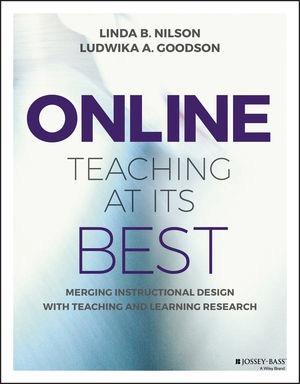
Online Teaching at Its Best: A Merger of Instructional Design with Teaching and Learning Research is the scholarly resource for online learning that faculty, instructional designers, and administrators have long been awaiting. Over 70 percent of degree-granting institutions offer online classes, and while technical resources abound, the courses often fall short of integrating the best practices in online pedagogy, even if they comply with online course design standards. Typically these standards omit the best practices in teaching and learning and the principles from cognitive science, leaving students struggling to keep the pace, understand the material, and fulfill their true potential as learners. This book fills the gap, providing evidence-based practices for online teaching, online course design, and online student motivation integrated with pedagogical and cognitive science to help you build the distance learning courses and programs your students deserve. As more and more students opt for distance learning, it's up to designers and instructors to rethink traditional methods and learn to work more effectively within the online learning environment, and up to administrators to provide the needed leadership. Online Teaching at Its Best provides practical, real-world advice grounded in educational science to help online instructors, instructional designers, and administrators deliver an exceptional learning experience. (From the Publisher)
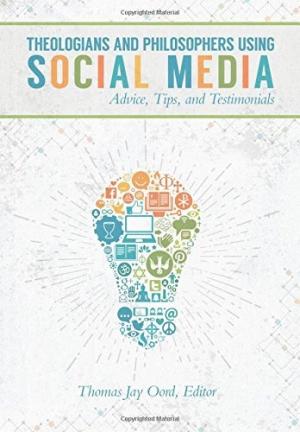
The insights in these 90+ essays are nothing short of inspiring! Their tips on best practices for social engagement, time management, social media as a resource for scholarship or creativity, technology and pedagogy, etc. will help readers tremendously. The contributors are diverse. They include.... - Public theologians like Ben Corey, Brian McLaren, and Richard Rohr - Younger scholars like Tripp Fuller, Jory Micah, and Alexis Waggoner - Biblical scholars like Michael Gorman, Joel Green, and Daniel Kirk - Philosophers like Helen De Cruz, Aaron Simmons, and Kevin Timpe - Establish scholars like James Crossley, Kwok Pui-lan, and Amos Yong - Scholars outside North America like Deane Galbraith, RT Mullins, Hanna Reichel, and Atle Sovik - Pastoral theologians like Patricia Farmer, Len Sweet, and Kurt Willems - Historical theologians like Kim Alexander and Christine Helmer - Science and religion scholars like Ron Cole-Turner, Karl Giberson, Lea Schweitz, and Jim Stump - Constructive theologians like Oliver Crisp, Grace Ji-Sun Kim, and Jason Lepojärvi - Ethicists like Miguel De La Torre, David Gushee, and Michael Hardin ...and the list goes on! Whether the reader is an armchair theologian, a professional scholar, a graduate student, or simply interested in how social media is changing religious and philosophical studies, that reader will find Theologians and Philosophers Using Social Media of great help.

This edited volume draws together educators and scholars to engage with the difficulties and benefits of teaching place-based education in a distinctive culture-laden area in North America: the United States South. Despite problematic past visions of cultural homogeneity, the South has always been a culturally diverse region with many historical layers of inhabitation and migration, each with their own set of religious and secular relationships to the land. Through site-specific narratives, this volume offers a blueprint for new approaches to place-based pedagogy, with an emphasis on the intersection between religion and the environment. By offering broadly applicable examples of pedagogical methods and practices, this book confronts the need to develop more sustainable local communities to address globally significant challenges. (From the Publisher)
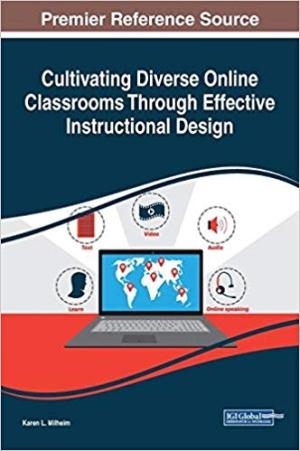
Higher education programs are continuously expanding globally and now, students who are enrolled in online courses can reside anywhere in the world. Due to this phenomenon, institutions are forced to adapt to serve their remote students. Cultivating Diverse Online Classrooms Through Effective Instructional Design provides emerging information on designing online courses recognizing cultural differences, building effective learning environments and forums, and integrating classroom aesthetics. While highlighting the challenges of online education and intercultural learning, readers will learn valuable ways to maximize student communication, learning, and other culturally diverse classroom tools. This publication is an important resource for instructional designers, graduate students, academics, and other higher education professionals seeking current research on the best ways to globally expand online higher education. (From the Publisher)

Over the last generation, the womanist idea—and the tradition blooming around it—has emerged as an important response to separatism, domination, and oppression. Gary L. Lemons gathers a diverse group of writers to discuss their scholarly and personal experiences with the womanist spirit of women of color feminisms. Feminist and womanist-identified educators, students, performers, and poets model the powerful ways that crossing borders of race, gender, class, sexuality, and nation-state affiliation(s) expands one's existence. At the same time, they bear witness to how the self-liberating theory and practice of women of color feminism changes one's life. Throughout, the essayists come together to promote an unwavering vein of activist comradeship capable of building political alliances dedicated to liberty and social justice. (From the Publisher)
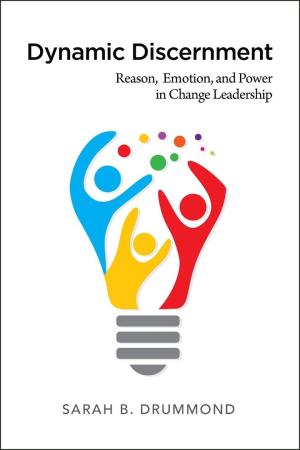
In order to fulfill their missions, institutions sometimes have to change. Leaders guiding communities through such moments or eras need instructional resources, and we do them a disservice when we oversimplify the work of change leadership. “Ten Easy Solutions” do not exist, and suggesting they do causes leaders to feel discouraged, like there must be something wrong with them when they fear, falter, or fail. Change leadership is hard, sometimes even painful, but it is not impossible when approached with appreciation for complexity and a broad repertoire. Dynamic Discernment: Reason, Emotion, and Power in Change Leadership chops through the thicket of change dynamics, opening up three different pathways: • Reason, where change leaders educate their communities and plot out concrete actions; • Emotion, where leaders manage the reactivity that change can incite in a separate-yet-connected style of engagement; and • Power, where leaders take seriously the ways in which grass-roots and top-down forms of authority can find common ground. Sarah Drummond has experienced change leadership firsthand in numerous contexts, and this book uses abundant illustrations and examples, but Dynamic Discernment is best understood as a new and multidisciplinary theory of change. Although aimed at religious leaders, any who serve a mission-driven institution will find resonance. The book provides guidance for (1) recognizing the dominant dynamic at work in a community experiencing change and (2) choosing leadership practices accordingly. (From the Publisher)
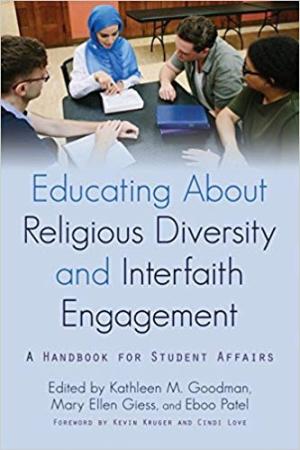
This book arises out of a recognition that student affairs professionals have little preparation or guidance in dealing with matters of spirituality, religion, secularity, and interfaith work at a time of greater diversity in students’ beliefs and, from a broad recognition that there is a need to engage with this aspect of student life. For those who don’t know how to begin and may be nervous about tackling a topic that has the potential to lead to heated disagreements, this book provides the resources and practical guidance to undertake this work. With the aim of providing student affairs practitioners and faculty with the tools they need to increase their comfort level and enable their ability to engage in discussions about belief both in and out of the classroom, the contributors provide foundational knowledge, concrete teaching ideas, sample activities, and case studies that can be used in a variety of settings. This book serves multiple audiences in student affairs by providing teaching ideas for practitioners who want to include a session or two about interfaith in their programs as well as ideas for student affairs faculty who may be teaching one session on this topic or a whole course. The book is divided into four sections. The first offers context, provides the findings of research, and asks readers to reflect on the framework they use to embark on this work, whether a social justice framework that aims to highlight issues of power and privilege or an interfaith cooperation framework that aims to create religious pluralism. Part Two provides concrete ideas for creating courses, activities, events, and programs focused on spirituality, religion, secularity, and interfaith engagement, as well as ideas for incorporating these topics into courses typically offered in student affairs preparation programs. Part Three presents case studies to engage students, practitioners, and faculty in thinking about campus situations related to religious diversity. Part Four provides some basic information about a variety of religions and worldviews held by college students. (From the Publisher)